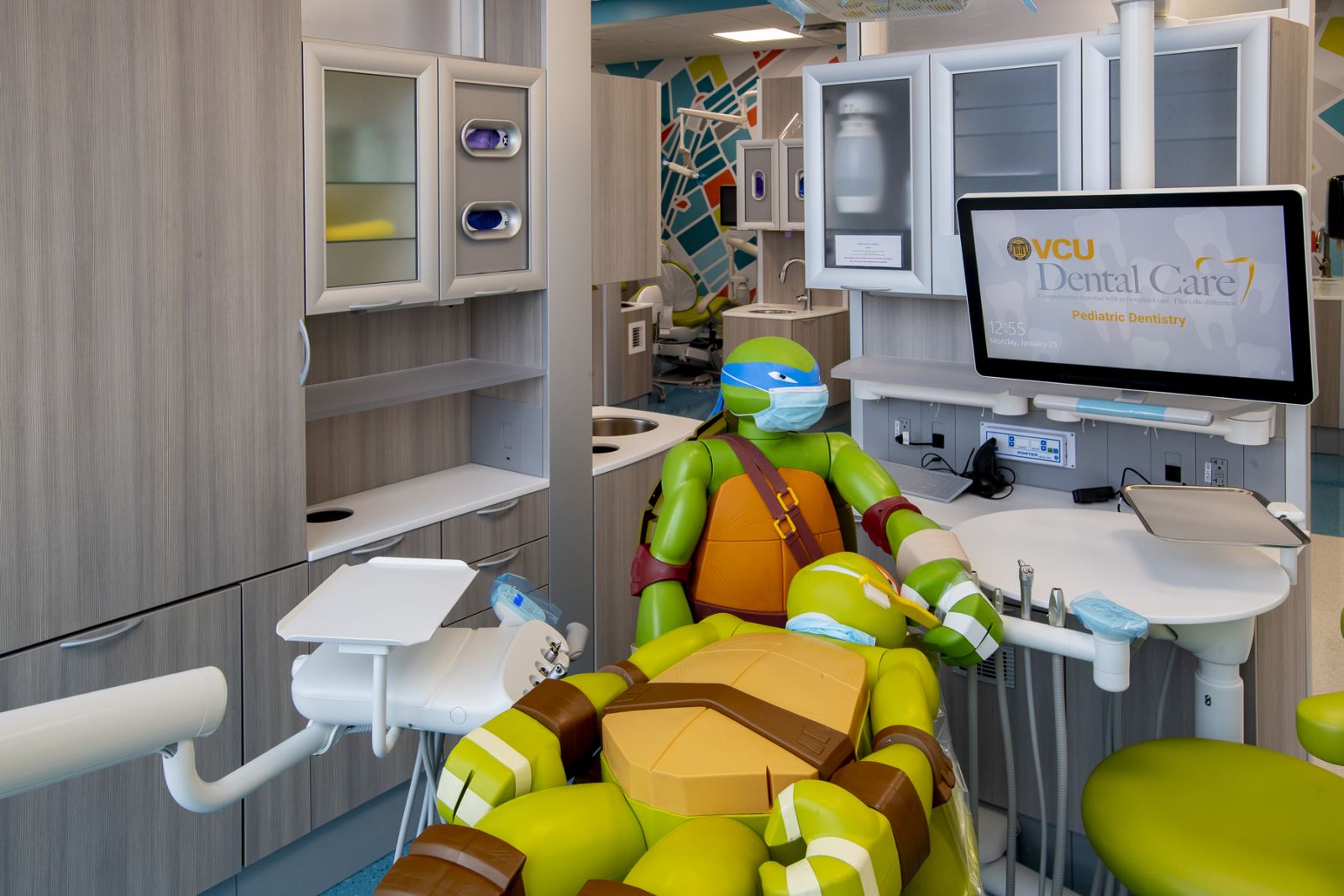A Comprehensive Overview to the Various Therapy Alternatives Offered in Pediatric Dental Care for Children
In pediatric dental care, recognizing the diverse therapy alternatives offered is essential for making sure optimum oral health and wellness in children. From preventive treatment approaches that establish a structure for long-lasting oral hygiene to restorative therapies that resolve immediate worries, the array of services is detailed. In addition, orthodontic solutions and specialized techniques for youngsters with one-of-a-kind needs even more improve the extent of technique. As we explore these different choices, it comes to be clear that tailored care is not just helpful but needed for cultivating a positive oral experience. What details factors to consider should direct these therapy choices for young individuals?
Preventive Treatment Options
Precautionary treatment choices in pediatric dentistry are necessary for keeping youngsters's dental wellness and preventing future oral concerns. These techniques concentrate on educating both children and moms and dads concerning appropriate oral health techniques, dietary choices, and regular oral brows through.
Among the primary parts of precautionary care is regular oral check-ups, typically advised every 6 months. During these brows through, oral experts can recognize possible issues early, provide cleansings, and apply fluoride therapies to strengthen enamel and lower the danger of cavities. In addition, dental sealers may be put on the chewing surfaces of molars, acting as a safety obstacle against degeneration.
Education on correct brushing and flossing strategies is also essential. Parents are urged to supervise their youngsters's oral hygiene regimens until they establish the dexterity to do so separately. Furthermore, nutritional counseling can aid families recognize the impact of sugary treats and beverages on oral health, advertising healthier options.
Corrective Treatments
Attending to oral concerns that arise in spite of safety nets, corrective treatments in pediatric dental care play an important role in bring back a youngster's oral health and wellness. These therapies are made to repair and fix up teeth influenced by degeneration, trauma, or developmental anomalies.

Typical corrective alternatives include dental fillings, crowns, and pulpotomies. Oral dental fillings are utilized to treat dental caries by getting rid of corroded cells and loading the room with materials such as composite material or dental amalgam. For extra comprehensive degeneration or structural damages, crowns may be recommended to offer toughness and defense. Pediatric crowns are typically crafted from stainless-steel or tooth-colored products to ensure sturdiness and appearances.
In instances where the dental pulp is affected, a pulpotomy may be essential to relieve discomfort and avoid further infection. This treatment entails the removal of the infected pulp and sealing the tooth to maintain its function.
Orthodontic Solutions
Orthodontic services are important in aligning teeth and correcting bite problems in children, ensuring optimum oral health and function. Pediatric orthodontics concentrates on the special dental development of children and teens, resolving worries such as misalignment, jaw, and congestion discrepancies.
Early assessment, normally suggested by age 7, permits timely intervention, which can prevent a lot more intricate problems in the future. Common orthodontic devices include dental braces, retainers, and area maintainers. Standard metal braces are usually used for their performance in correcting different oral problems, while clear aligners use an even more aesthetic choice for older youngsters and teens.
In particular cases, interceptive orthodontics may be used, where specific treatments are started to lead the growth of the jaw and teeth. This aggressive method can lower the demand for extensive orthodontic work later. Additionally, functional appliances may be made use of to enhance jaw partnerships and improve facial proportion.
Sedation Dental Care
Utilizing sedation dentistry can dramatically ease anxiety and pain in pediatric clients throughout dental procedures (kids dentist). This technique is particularly advantageous for youngsters that are uncertain about oral visits or call for comprehensive therapy that might be uncomfortable. Sedation strategies differ, varying from moderate sedation with nitrous oxide (laughing gas) to much deeper sedation techniques carried out intravenously
Nitrous oxide is directory a typical selection, as it is risk-free, effective, and enables fast recuperation. It induces a relaxing impact, allowing kids to continue to be loosened up throughout the treatment while still having the ability to interact with the oral group. For even more facility therapies, dental sedation or basic anesthesia might be considered, particularly for youngsters with special requirements or those who may not coordinate throughout therapy.

Unique Requirements Dentistry
For many youngsters with unique needs, oral brows through can be especially testing because of sensory level of sensitivities, communication barriers, or medical conditions that need customized techniques. Special demands dental care is a specialized field that focuses on giving thorough oral take care of youngsters with different physical, developmental, or psychological difficulties.
Professionals in this field are educated to understand the special requirements of these patients, utilizing strategies to lessen stress and anxiety and pain. This might include utilizing visual help, social tales, and hands-on demos to aid children comprehend the dental procedures. Furthermore, the atmosphere is often adapted to accommodate sensory sensitivities, producing a much more welcoming and less challenging area.

Ultimately, the goal of special needs dental care is to cultivate favorable oral experiences, advertise oral health, and establish a foundation for long-lasting treatment, allowing kids with special requirements to achieve optimal dental health and wellness.
Verdict
In recap, pediatric dentistry encompasses a broad array of therapy alternatives crucial for advertising and go to this site keeping kids's dental health. Precautionary care establishes a structure for long-lasting dental health, while corrective treatments resolve existing oral problems. Orthodontic solutions facilitate correct jaw advancement, and sedation dentistry boosts comfort during procedures. In addition, specialized care for children with unique needs makes certain favorable experiences and encourages recurring dental health and wellness. Jointly, these techniques play an important duty in supporting the oral wellness of all youngsters.
Dental dental fillings are utilized to deal with tooth cavities by removing corroded cells and filling the room with materials such as composite resin or dental amalgam. Standard steel braces are often used for their performance in fixing different oral problems, while clear aligners supply a more aesthetic alternative for older children and teens.
It induces a soothing result, enabling children to stay loosened up throughout the treatment while still being able to communicate with the dental group. Preventative treatment establishes a foundation for long-lasting dental hygiene, while restorative treatments attend to existing oral concerns. Jointly, these approaches play an important function in sustaining the dental well-being of all children.